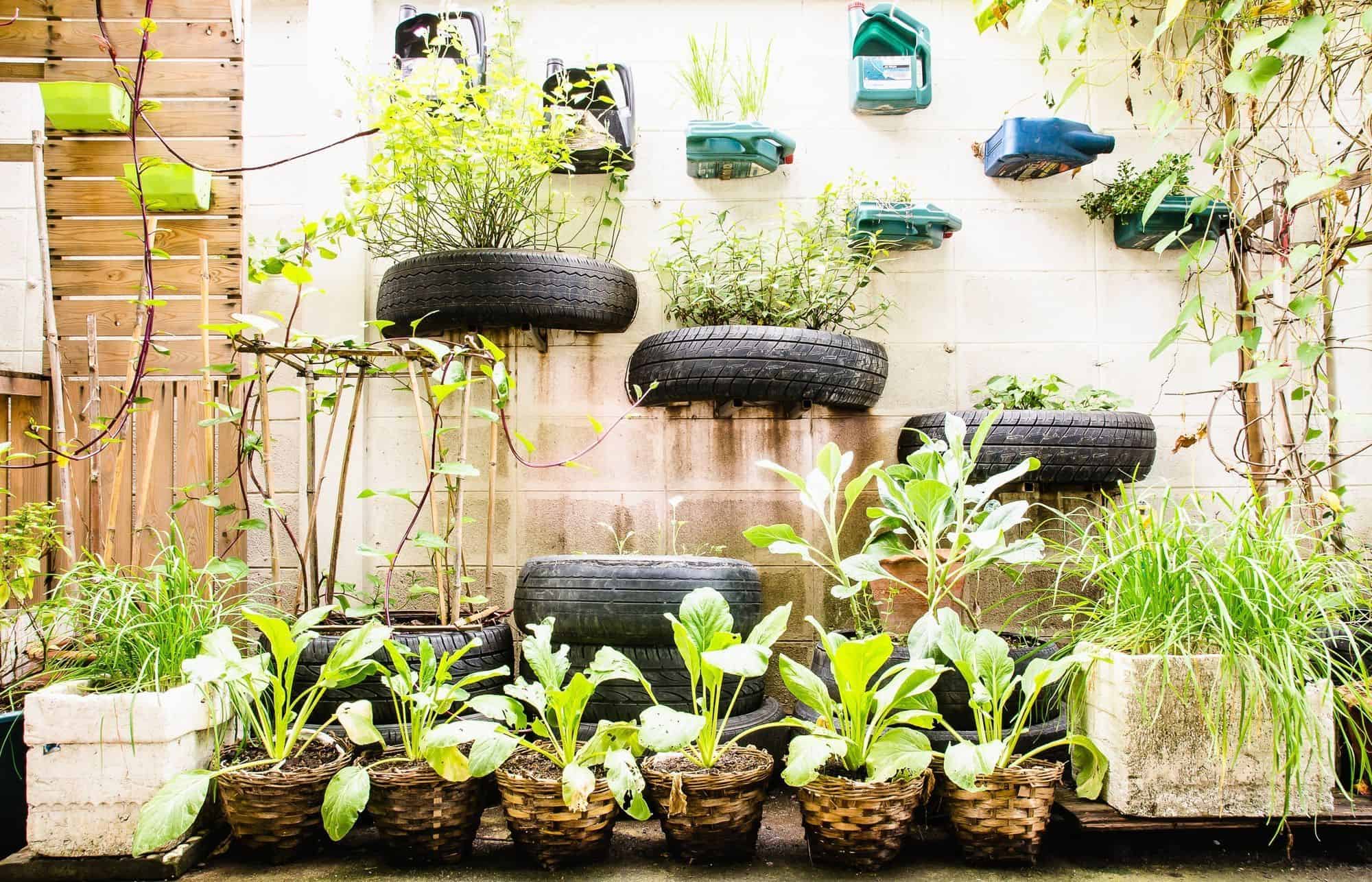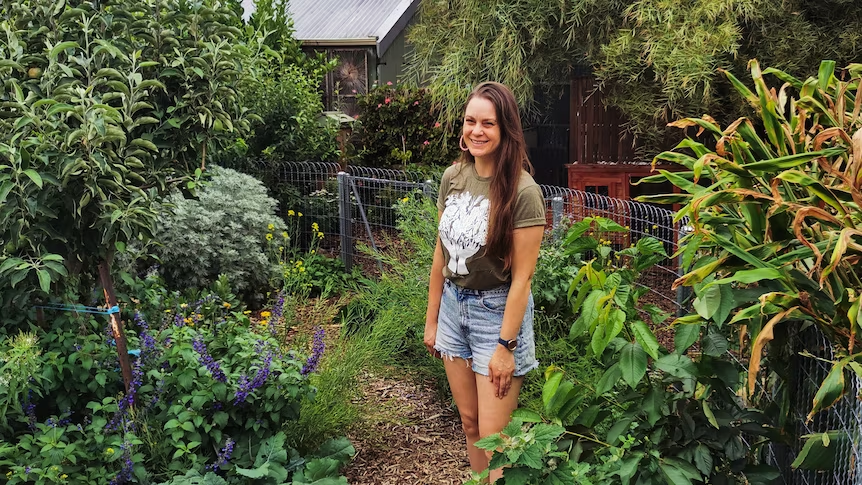Urban Gardening in Small Spaces: How to Grow Your Own Food in a Concrete Jungle

City life is fast-paced, exciting, and packed with opportunity—but often lacking one thing: green space. As concrete spreads and apartment living becomes the norm, many urban dwellers feel disconnected from nature and healthy, homegrown food. But there’s a growing solution that brings life, color, and nourishment back to urban environments: urban gardening.
From balcony herb gardens to rooftop veggie plots and windowsill microgreens, urban gardening proves that you don’t need a backyard—or even soil—to grow your own food. With a little creativity and planning, anyone can cultivate a thriving garden, no matter how small the space.
In this article, we’ll explore the benefits of urban gardening, the unique challenges of growing food in tight quarters, and practical strategies to turn your home, balcony, or rooftop into a personal oasis of greenery and nourishment.

Why Urban Gardening Matters
Urban gardening is more than a hobby—it’s a movement rooted in sustainability, self-reliance, and well-being. Here are some of the key reasons why it’s gaining momentum:
1. Food Security and Freshness
Growing your own food ensures access to fresh, organic produce—especially important in areas where grocery stores are far or fresh options are limited. Urban gardening empowers you to control what goes into your food, free from pesticides or chemicals.
2. Environmental Benefits
Urban gardens help reduce the carbon footprint associated with transporting food over long distances. Plants also absorb CO₂, help manage rainwater runoff, and contribute to cleaner, cooler city air.
3. Mental and Physical Health
Tending to plants is a therapeutic, stress-reducing activity that promotes mindfulness. Gardening also encourages physical activity and time outdoors, both of which boost mood and cognitive function.
4. Building Community
Community gardens and shared rooftop plots bring people together, fostering cooperation, local pride, and education around sustainable practices.

Getting Started: Assessing Your Space
The first step in urban gardening is understanding the environment you’re working with. Small spaces may seem limiting, but they can be incredibly productive if approached creatively.
Key Considerations:
-
Light: How much sunlight does your space get? Most vegetables need at least 6 hours of direct sunlight per day.
-
Space: Consider every available surface—balconies, windowsills, walls, rooftops, fire escapes (where legal), or even indoor corners with artificial light.
-
Access to Water: Ensure you can easily water your plants, either with a nearby tap or a watering can.
-
Weight: If you’re gardening on a balcony or rooftop, be aware of load limits. Use lightweight containers and soil mixes where necessary.
Creative Solutions for Small-Space Gardening
1. Container Gardening
This is the most accessible method for beginners. Use pots, buckets, crates, or even upcycled containers to grow plants. Make sure each has drainage holes and is filled with high-quality potting mix.
Best for: Tomatoes, peppers, lettuce, herbs, carrots, radishes, beans.
2. Vertical Gardening
When you lack ground space, think vertically. Use trellises, hanging pots, wall-mounted planters, or vertical garden towers to grow upward.
Best for: Cucumbers, peas, beans, strawberries, herbs.
3. Windowsill Gardening
If you only have a sunny window, you can still grow a surprisingly diverse range of plants. Opt for small pots and compact varieties.
Best for: Basil, chives, parsley, green onions, microgreens.
4. Hydroponics and Indoor Systems
Soil-free systems like hydroponics or aquaponics are perfect for urban environments. They use nutrient-rich water solutions and can be set up indoors under grow lights.
Best for: Leafy greens, herbs, compact vegetables.
5. Balcony and Rooftop Gardens
If you’re lucky enough to have a balcony or rooftop access, maximize space with railing planters, garden beds, and multi-tier shelves.
Tip: Choose lightweight containers and drought-resistant varieties if sun exposure is high.
Choosing What to Grow
Your space and sunlight will determine what plants you can grow, but many fruits, vegetables, and herbs thrive in small areas. Here are great options for urban gardeners:
Leafy Greens
-
Spinach, kale, arugula, lettuce
-
Fast-growing, shade-tolerant, and can be harvested multiple times.
Herbs
-
Basil, mint, thyme, rosemary, cilantro
-
Compact and perfect for windowsills or hanging baskets.
Vegetables
-
Cherry tomatoes, radishes, carrots (short varieties), peppers, beans
-
Choose dwarf or bush varieties for containers.
Fruits
-
Strawberries (in hanging baskets), dwarf citrus trees (in pots), blueberries (in containers with acidic soil).

Soil, Water, and Light: The Essentials
Soil
Use a high-quality potting mix designed for containers. Avoid regular garden soil—it’s too dense for pots and can harbor pests. Consider adding compost or organic matter to improve nutrient content.
Water
Container plants dry out faster than ground gardens. During summer, daily watering may be necessary. Use mulch on top of soil to retain moisture and reduce evaporation.
Light
Track sun exposure before planting. South-facing spaces are ideal for sun-loving crops. If natural light is limited, consider grow lights—LEDs designed for indoor gardening are energy-efficient and effective.
Managing Pests and Problems Naturally
Urban environments are less prone to pests than rural gardens, but problems still arise. Here’s how to manage them without harmful chemicals:
-
Aphids or mites? Use a gentle soap spray or neem oil.
-
Fungal issues? Ensure proper spacing and airflow, and avoid watering the leaves.
-
Slugs and snails? Crushed eggshells or copper tape deter them.
-
Pollination issues? Hand-pollinate indoor plants with a soft brush if bees can’t reach.
Harvesting and Maintaining Your Garden
Urban gardening is a learning process. Keep a gardening journal to note what works and what doesn’t. Regularly check plants for signs of stress or disease, rotate crops, and don’t be afraid to experiment.
Harvest early and often—especially herbs and greens. This encourages new growth and prevents bolting (premature flowering).
Beyond the Balcony: Expanding Your Impact
Once you’ve mastered your personal space, look for ways to connect with your community and scale your impact:
-
Join or start a community garden.
-
Host a plant swap or gardening workshop.
-
Advocate for green roofs and edible landscapes in your city.
-
Share surplus produce with neighbors or local food banks.
Conclusion: Grow Where You’re Planted
Urban gardening is a powerful act of resilience, creativity, and care. It defies the assumption that you need acres of land to grow your own food. In fact, it’s a quiet revolution happening in window boxes, balconies, and rooftops across the world.
By embracing urban gardening, you’re not just growing vegetables—you’re cultivating patience, intention, and a connection to nature that’s often missing in the modern world. Whether you grow a pot of basil on your windowsill or transform your balcony into a mini farm, the benefits are profound and far-reaching.
So go ahead—dig in, get your hands dirty, and let your concrete jungle bloom.
